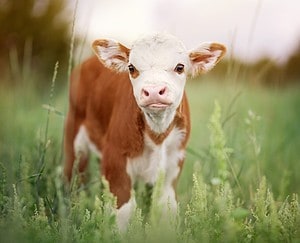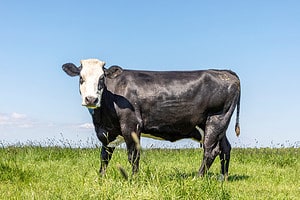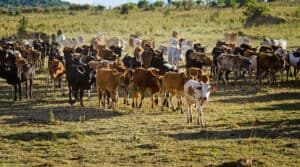A drive through Wisconsin brings you through a pastoral landscape of gently rolling hills, black and white dairy cows grazing in green pastures, and rustic red barns dotting the countryside. It’s not known as “America’s Dairyland” or the “Dairy State” for nothing.
Wisconsin is one of the country’s leading producers of milk, butter, and cheese. But exactly how and when did Wisconsin earn its Dairyland nickname? What are some other symbols Wisconsin is known for? Read on to find out all about America’s Dairy State.
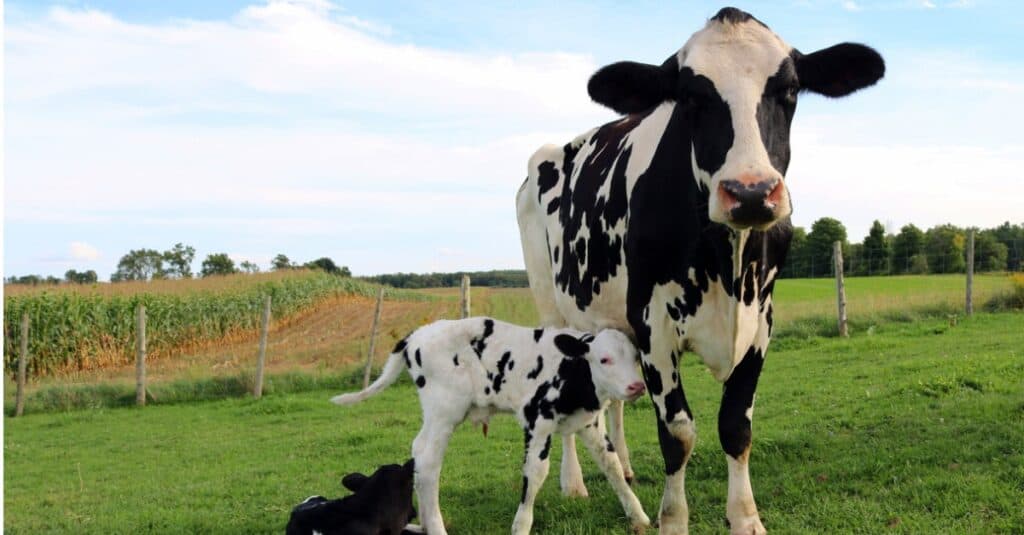
The Holstein cow is a type of dairy cow commonly found in Wisconsin dairy farms.
©iStock.com/Diane Kuhl
Why is Wisconsin Called America’s Dairyland?
Originally, Wisconsin was one of the country’s leading wheat producers. But in the mid-1800s, Wisconsin farmers were hit with several issues such as insect infestations, soil depletion, and plant disease. Farmers looked for a suitable solution to replace their wheat crops.
Wisconsinites saw the success dairy farms were having in the state of New York and decided to transform many of their wheat farms into dairy farms. Led by Wisconsin Dairymen’s Association, the state’s transformation from crops to dairy was a success. By 1915, Wisconsin produced more butter and cheese than any other state in the nation.
In the 1930s, Wisconsin was nicknamed America’s Dairyland. In 1940, the saying became the official state slogan, and Wisconsin license plates began to carry the words “America’s Dairyland,” which they still do to this day.
Dairy Production in Wisconsin Today
Today, California has overtaken Wisconsin’s leading role in dairy production. However, Wisconsin is second in the nation and home to nearly a quarter of the nation’s total dairy farms. The vast majority (95%) of these farms are family owned.
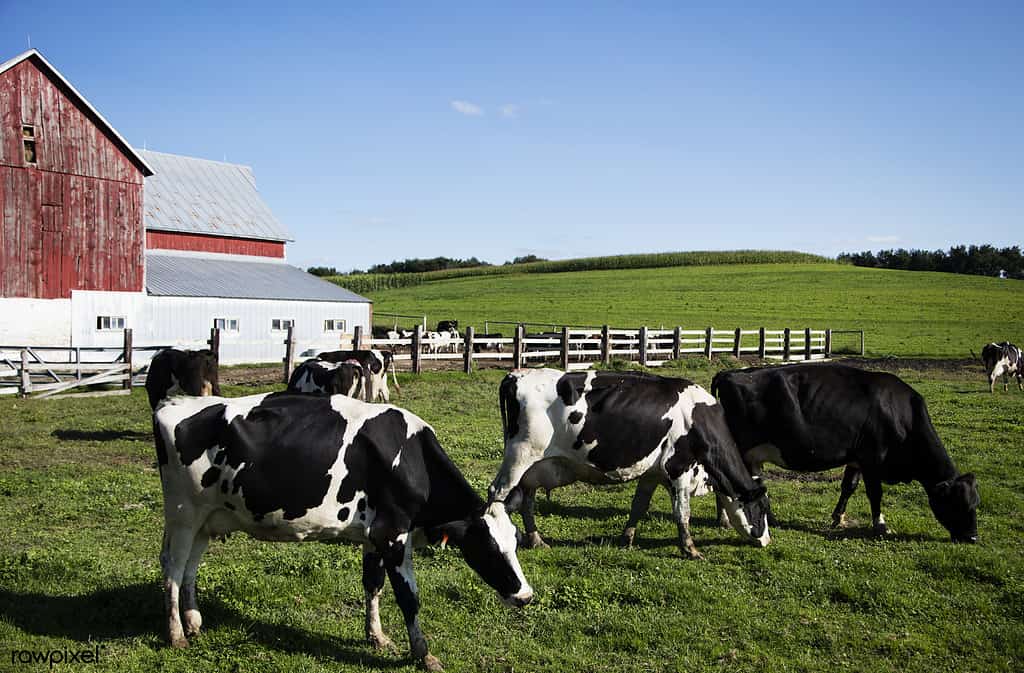
Holstein dairy cows are seen grazing at the Dunnum Family farm in Wisconsin.
©Rawpixel Ltd / CC BY 2.0 – License
Wisconsin is the leading state in the nation for cheese production of the following types:
- American
- Cheddar
- Brick
- Mozzarella,
- Muenster
- Limburger
Other Nicknames for America’s Dairyland
Wisconsin is known for a lot more than its dairy production. It’s also sometimes called the “Badger State”, the “Copper State”, and Wisconsinites may be referred to as “Cheeseheads.”
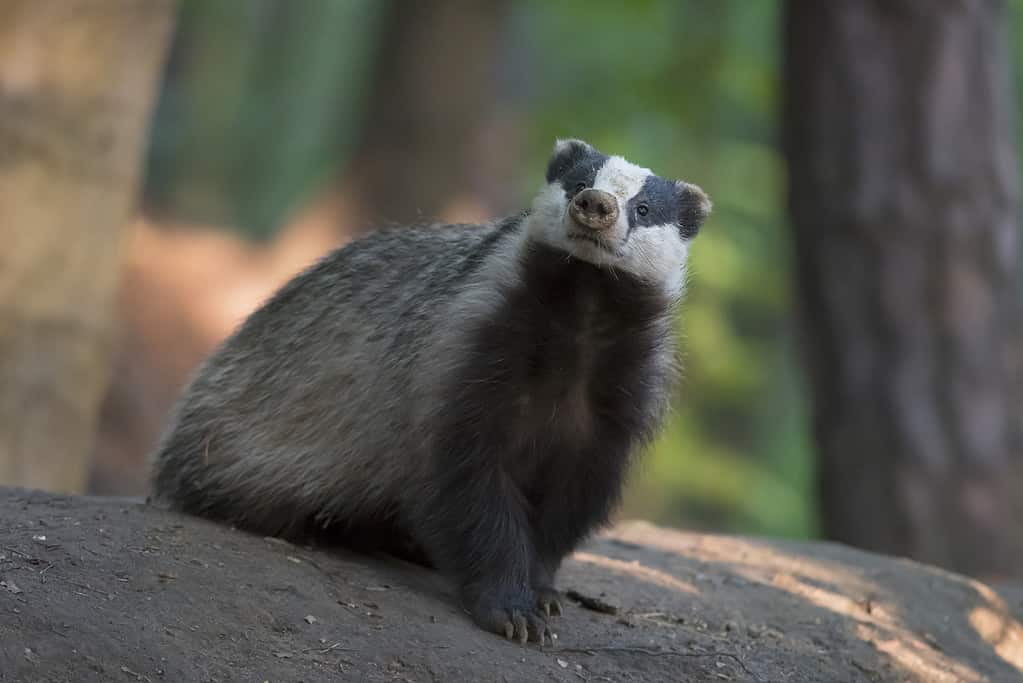
Wisconsin is known as the “Badger State.”
©iStock.com/Maciej Jaroszewski
The Badger State
Unofficially, Wisconsin is called the “Badger State.” It’s not named because badgers live in the state but from the state’s mining history. Early miners would live in the mines they worked in during winter to find protection from the harsh weather. People called them “badgers” because they lived underground, just as the animal burrows below the ground. The miners embraced the nickname, and it became a symbol of pride to be named after the tough, resilient, and fearless animals.
The Copper State
Before it was a dairy or badger state, Wisconsin was abundant in copper. Native Americans fashioned weapons and tools from copper found in the area. When Europeans settled, they mined for copper in the northern part of the state, earning the state its nickname, the “Copper State.”
Cheeseheads
Another common Wisconsin moniker is “Cheesehead.” Fans of the Green Bay Packers (an NFL football team) sometimes wear bright, yellow foam cheese-shaped hats to games. Originally, like the term badger, cheesehead was used to mock Wisconsinites. But, like the badger nickname, they turned it around and embraced it to show the pride they have in their state.
Other Wisconsin Symbols
Fittingly, the American badger is Wisconsin’s state animal, while the white-tail deer is the state’s “wildlife animal,” and the official state dog is the American Water Spaniel.
Wisconsin even has a state pastry, the kringle, a flaky dough pastry from northern Europe filled with either fruit or nuts, baked, and topped with icing. The sugar maple is the state tree; polka is the state dance; the American robin is the state bird; the state fish is the muskellunge, and, of course, cheese is the state dairy product.
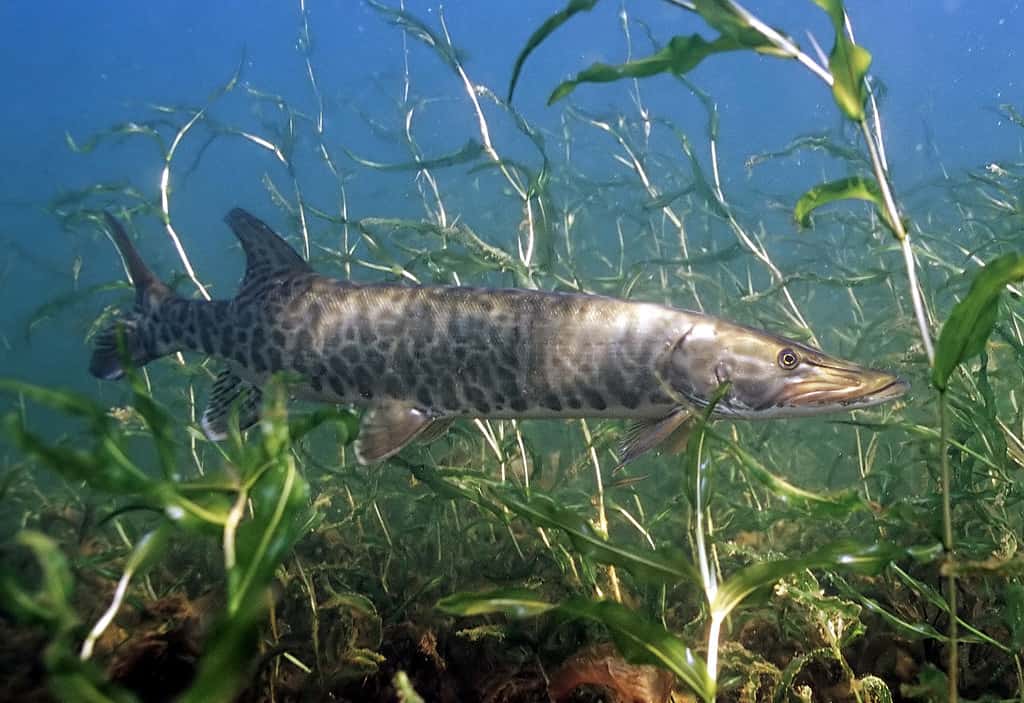
At over 68 pounds, the largest muskellunge ever was found in Wisconsin in 1948.
©Engbretson, Eric / U.S. Fish and Wildlife Service, Public domain, via Wikimedia Commons – License
Wisconsin was once covered by a sea, and the evidence remains in sandstone and shale beds in the state. The trilobite fossil is commonly found in rock formations throughout the state and became the state fossil in 1985. The honey bee is the state insect, and the state symbol of peace is the mourning dove.
The Wisconsin state quarter, released in 2004, features the state’s agricultural theme with the head of a cow, a round of cheese, and an ear of corn.
Wildlife in Wisconsin
Wisconsin is home to a diverse wildlife population. Of course, badgers are common. Other animals seen in the state include red foxes, river otters, beavers, American bullfrogs, wolves, bats, and elk.
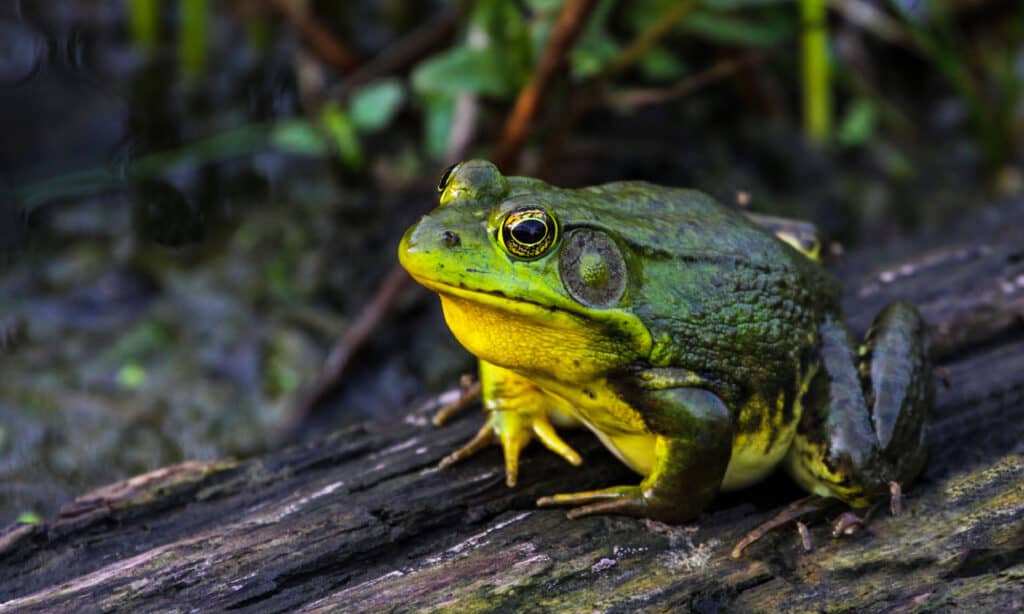
The American
bullfrog
is found throughout Wisconsin in lakes, ponds, rivers, and creeks.
©iStock.com/187715314
In the northern part of the state is a thriving black bear population. And amazingly, you may even spot a moose far north, although they are quite rare.
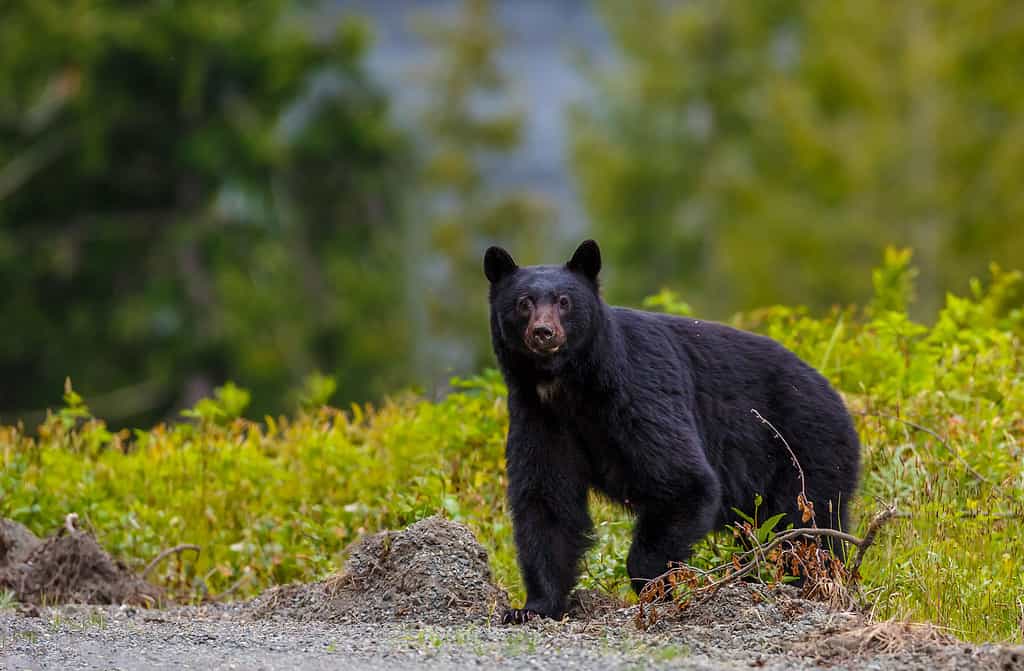
Around
24,000 black bears
live in Wisconsin, mainly in the northern part of the state.
©Menno Schaefer/Shutterstock.com
Some of the birds you can find in Wisconsin include mourning doves, American robins, snowy owls, wild turkeys, great horned owls, whooping cranes, and mallards.
The photo featured at the top of this post is © Rawpixel Ltd / CC BY 2.0 – License / Original
Thank you for reading! Have some feedback for us? Contact the AZ Animals editorial team.




